Mazda RX-7 254i rediscovered
Of all the Japanese automakers, Mazda is one of the smaller. Nevertheless, the team from Hiroshima always dares to do things, that bigger manufacturers directly exclude. So Mazda together with the German car brand NSU belonged to the pioneers in the production of vehicles with rotary engines (often refered to as Wankel engines, named after their inventor Felix Wankel). Strictly speaking, the Japanese are the only manufacturer in the world today who continues to hold on to this technology and still develop new engines in the background. Next to that, Mazda achieved the biggest racing success of a vehicle with a rotary engine. They won the 1991 24 Hours of Le Mans with the 787B.
This great success was preceded by various steps, that are now forgotten by many racing and brand fans. Already with the model RX-2 and RX-3 they competed in touring car races. Then, after the world premiere of the rotary sports car RX-7, Mazda not only built racecars, but even a rally version within the following years. But in this article we will introduce the racecars 253i and 254i, which were both built on the basis of the second generation RX-7 according to the IMSA GTX regulations. With their widebody looks, they fitted also into the Group 5 era of European racing. It all started with the 24 Hours of Daytona, but the Japanese team quickly discovered the 24 Hours of Le Mans as more prestigious. When they would achieve successes there, they could use it for advertising around the world.
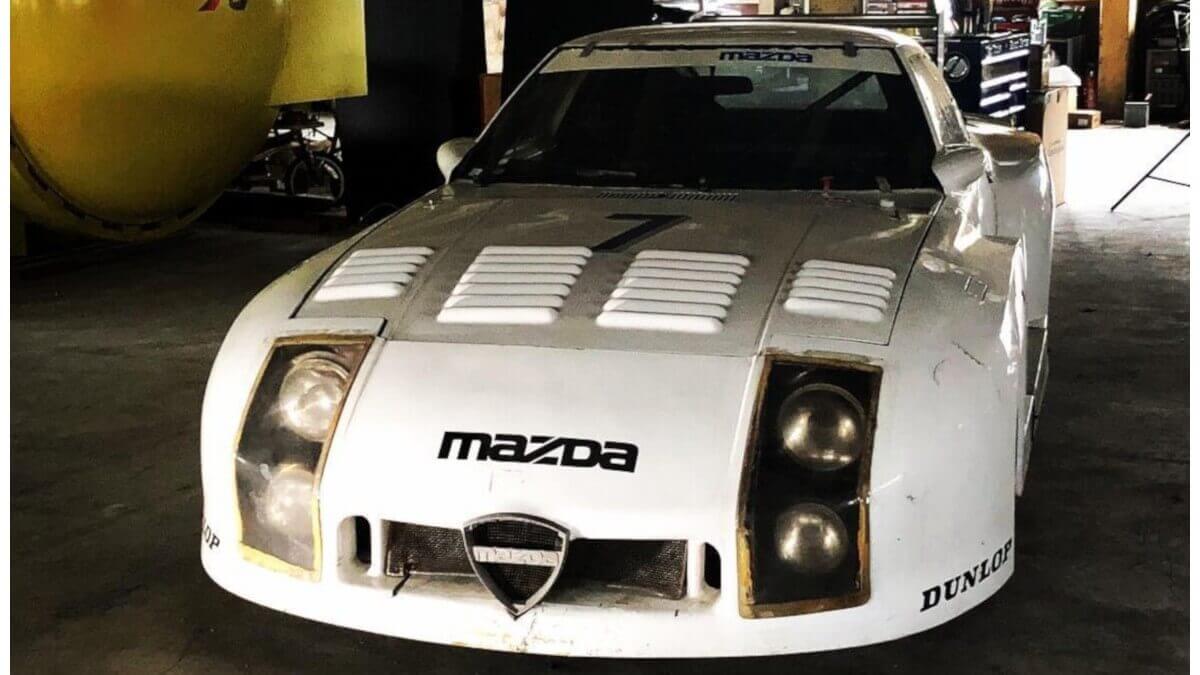



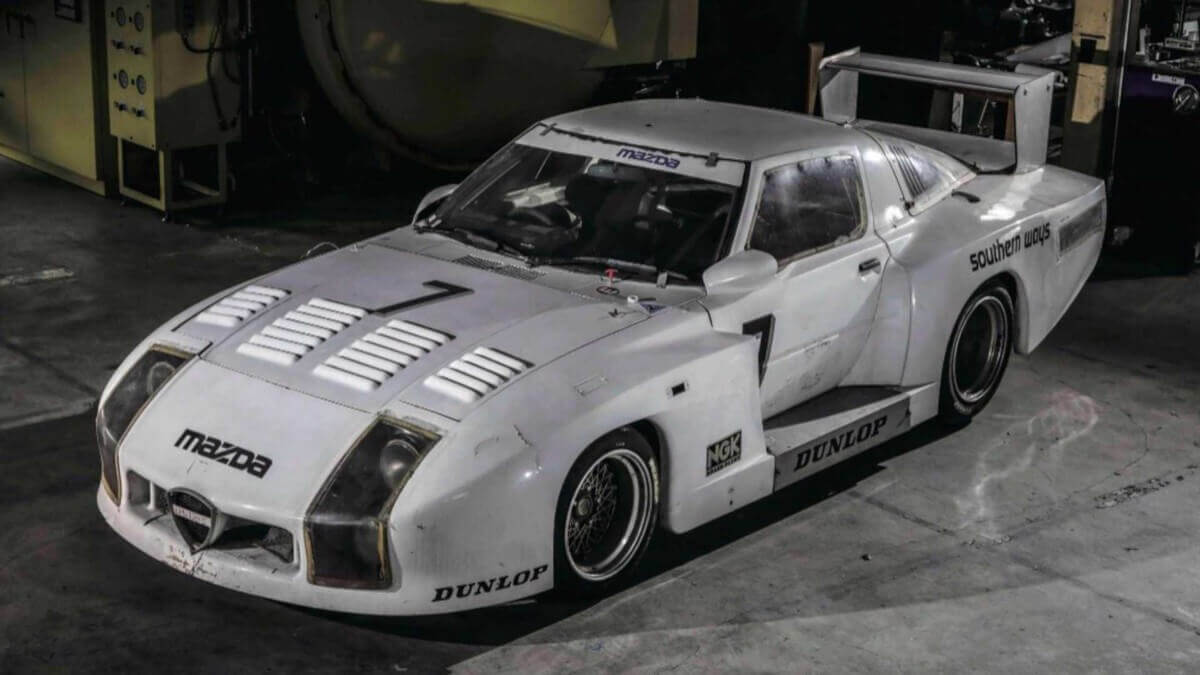



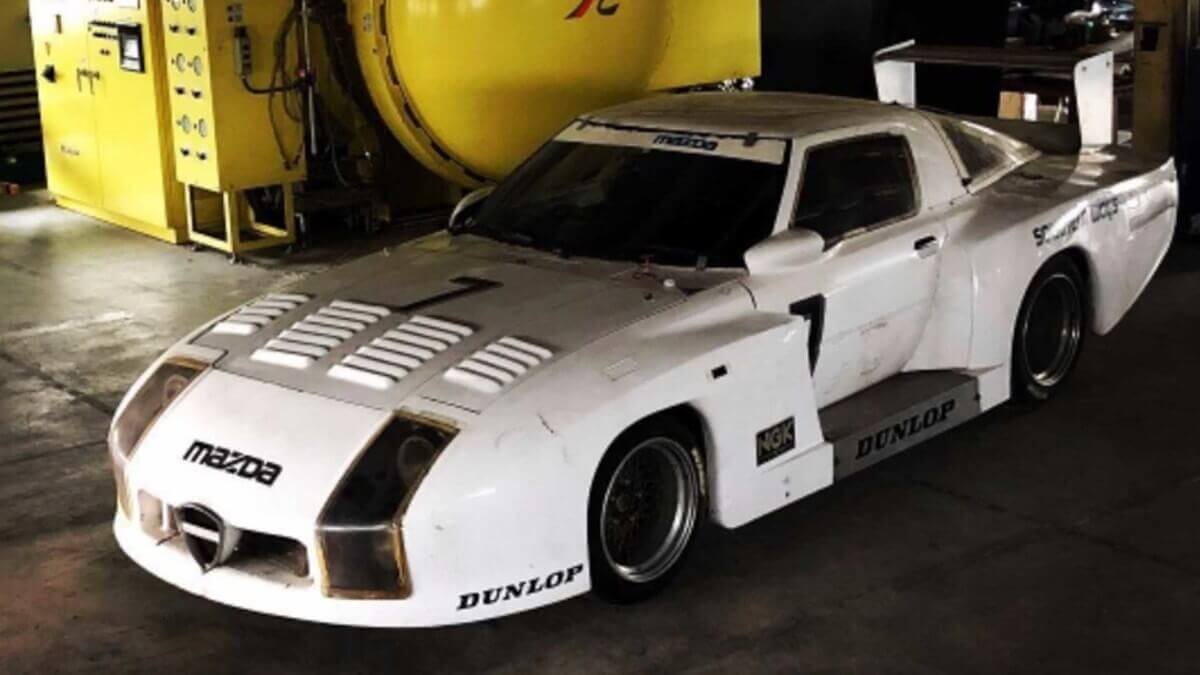



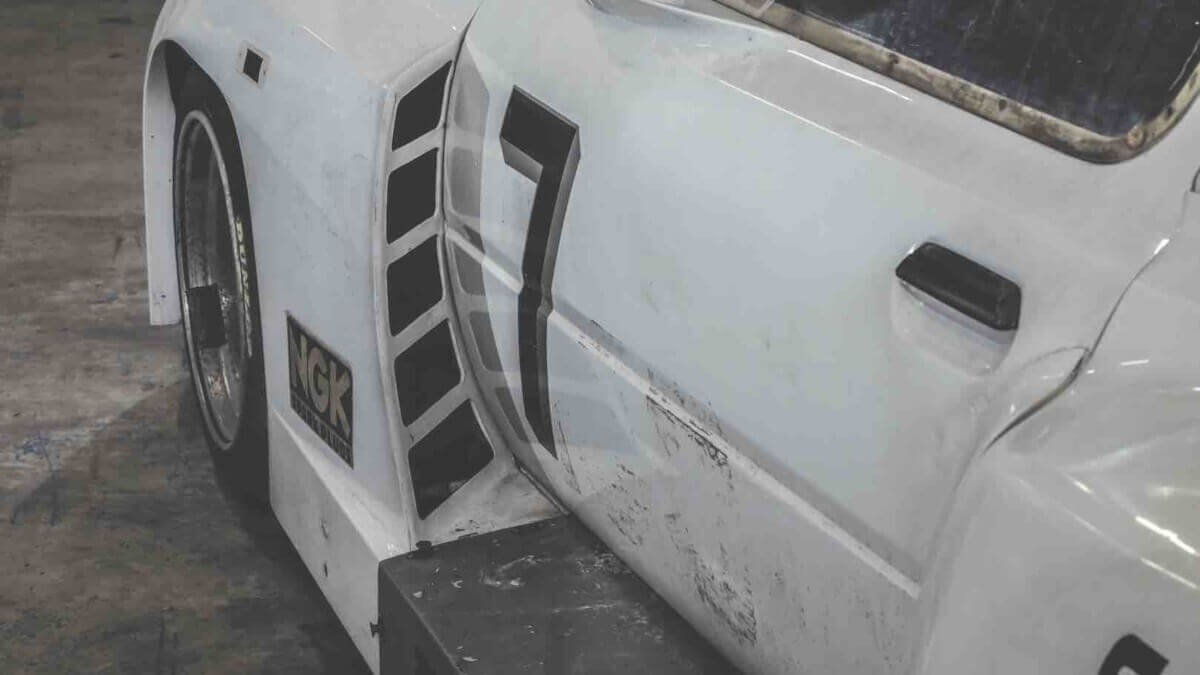



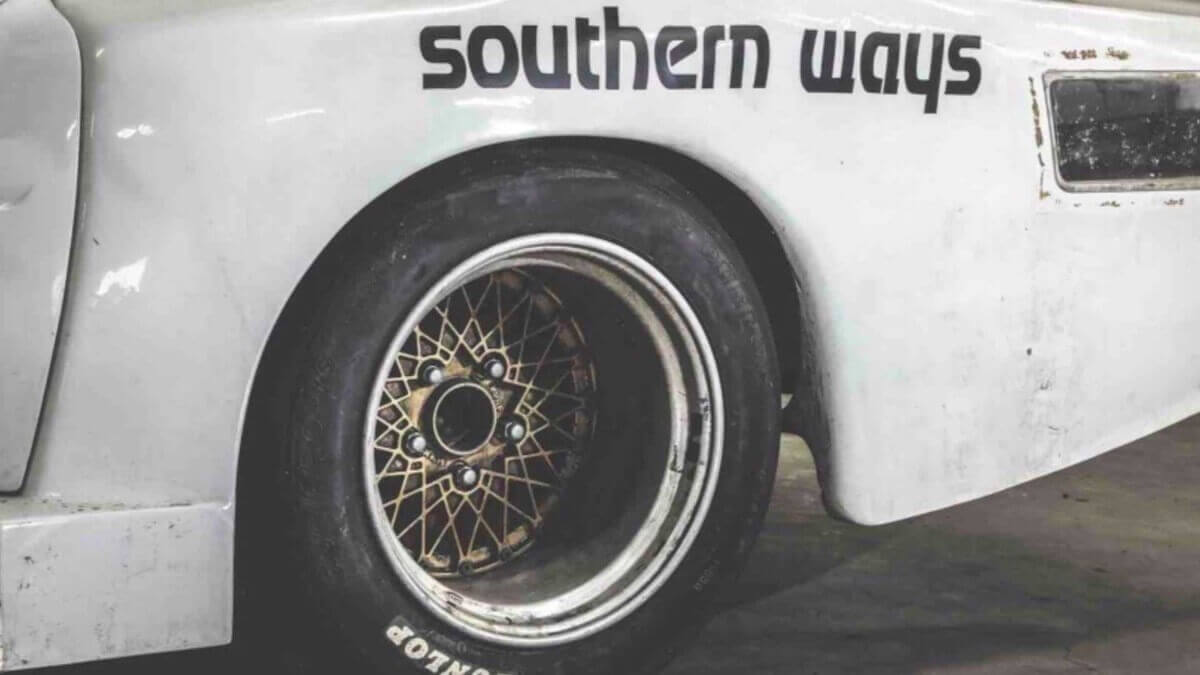



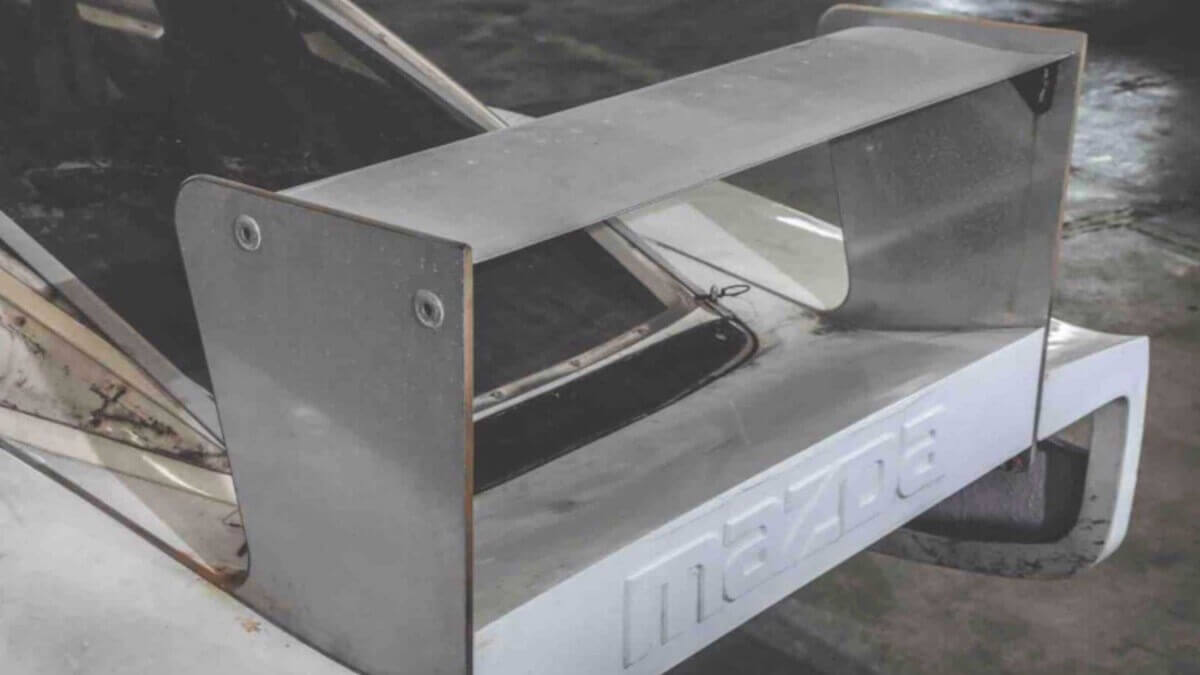



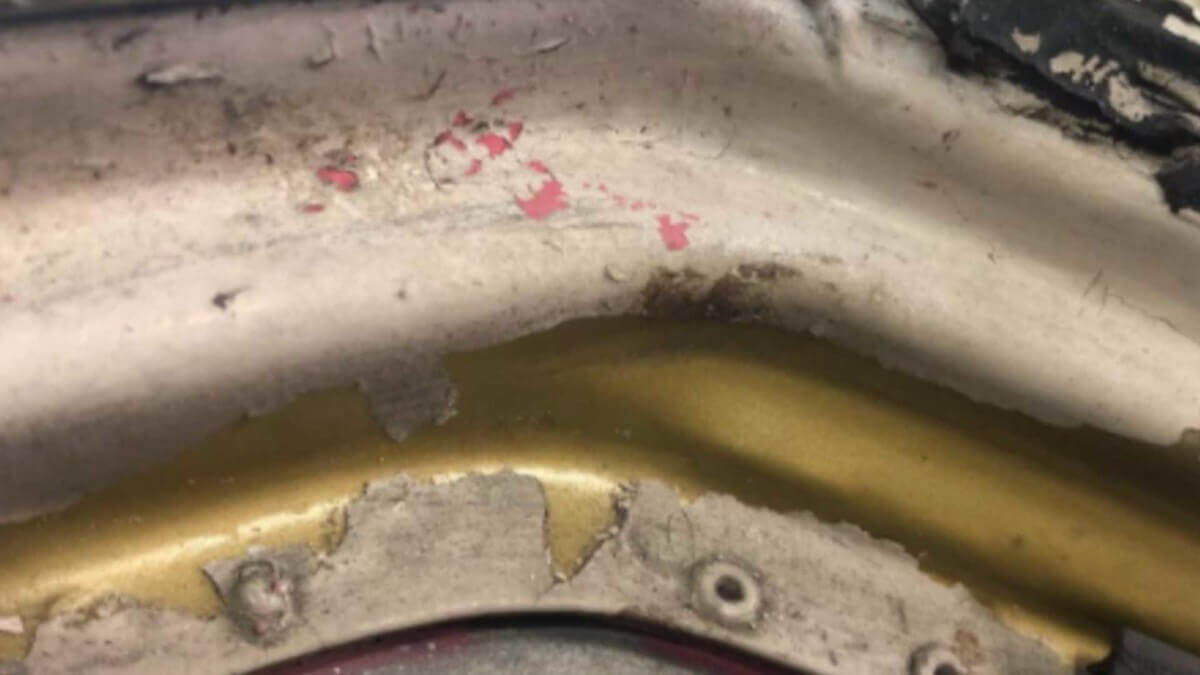



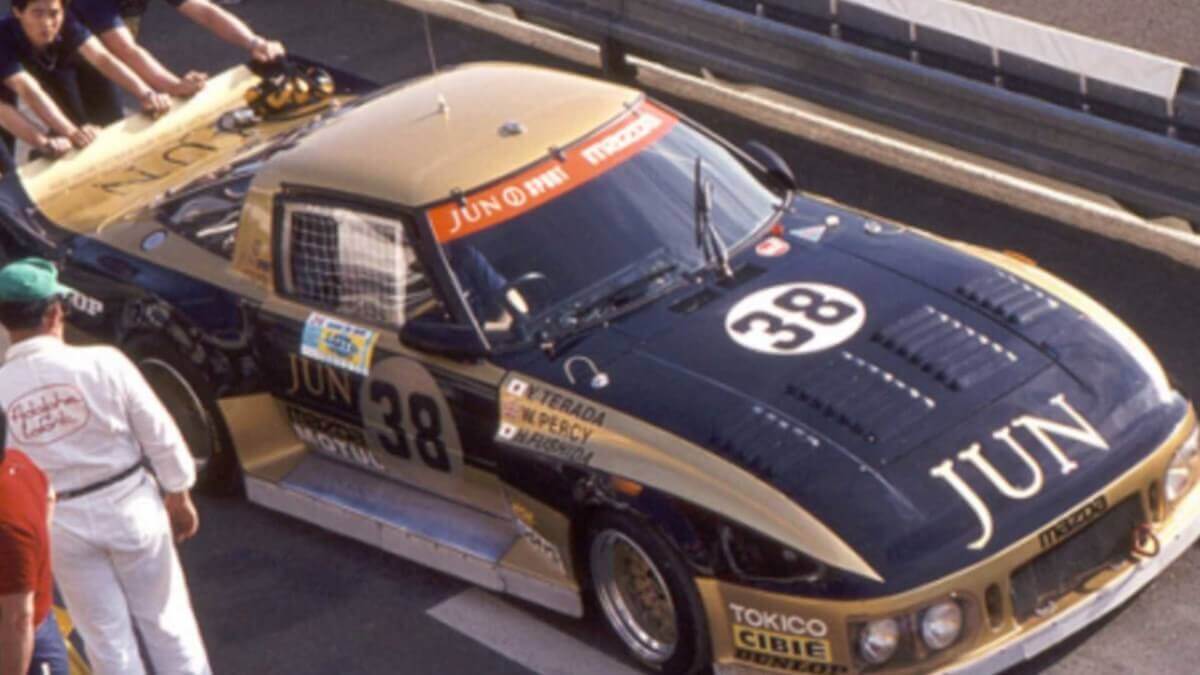



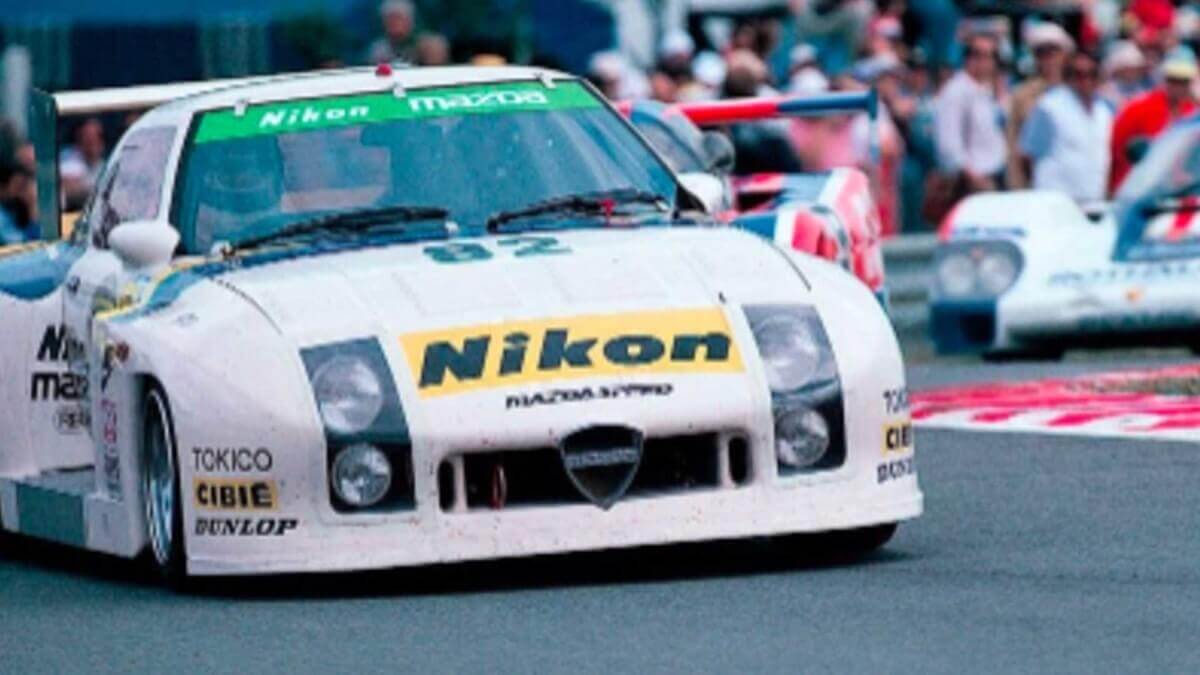



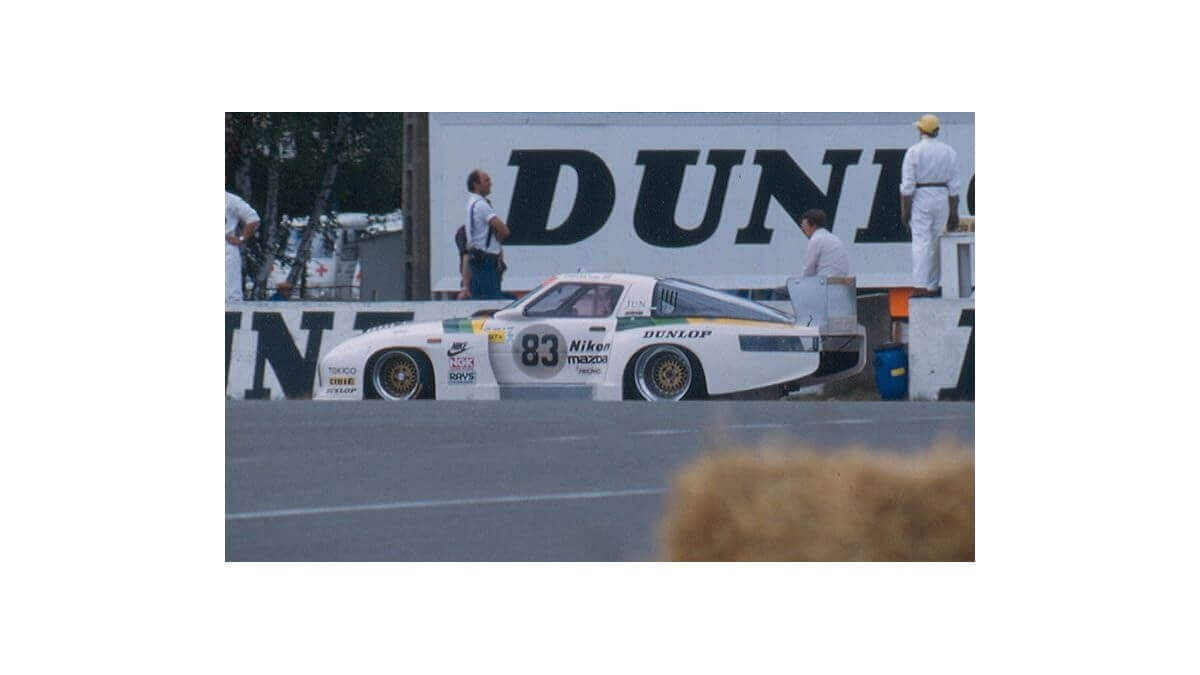



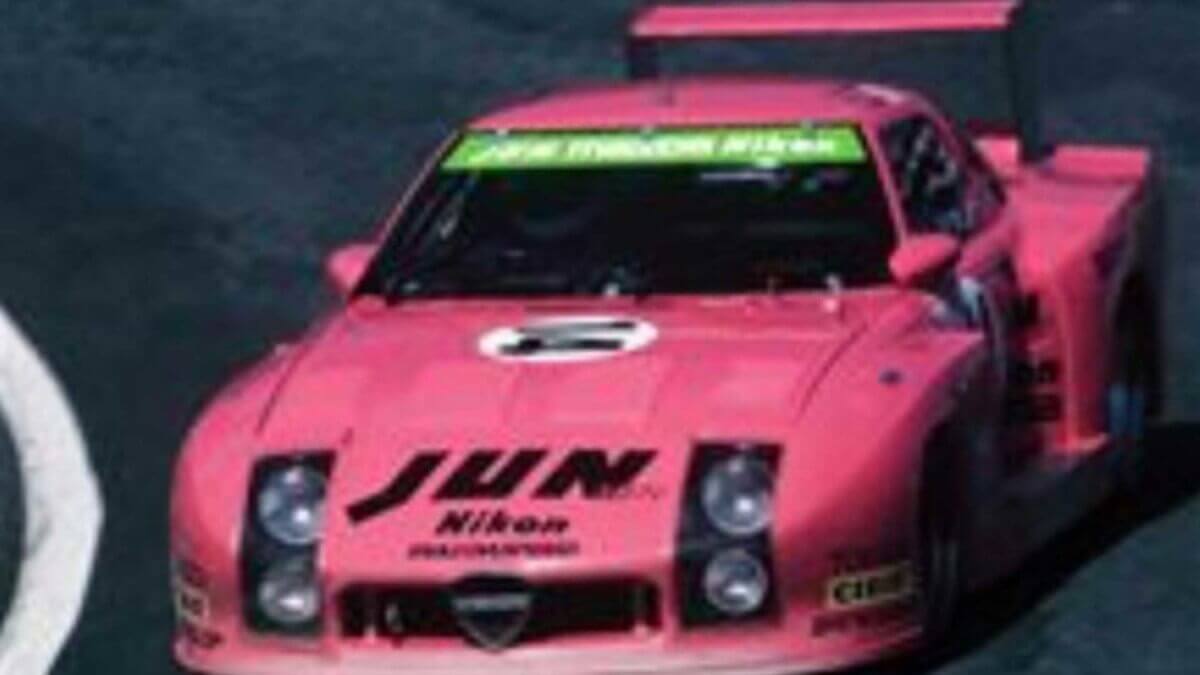



In the first years in Le Mans, Mazda only achieved one thing: they gained experiences. The knowledge gained by several not finished endurance races led to constantly redeveloped vehicles and lowered expectations. In 1982, it was considered to target for just finishing the race finally. They obtained the race numbers 82 and 83 for the cars with drivers Takashi Yorino/Yojiro Terada/Allan Moffat (82) and Tom Walkinshaw/Chuck Nicholson/Peter Lovett (83). While the Walkinshaw car ran in eigth place for a while, it retired after 180 laps with technical failure. The sister car actually reached the finish line in 14th place overall. 1982 also marked the year of the introduction of Group C regulations for sports prototypes. These would compete for the overall victory in Le Mans and in the Sports Car Championship from now on. Accordingly, many car brands and chassis manufacturers stepped up into this class – including Mazda. They entered Le Mans in 1983 with the newly developed 717C, while the era of production-based sports cars from Hiroshima in international races ended.
Both 254i from Le Mans were used in the Japanese JPSC, with one car now painted yellow (ex 82) and the other in pink (ex 83). The yellow vehicle crashed during the 1000 Kilometers of Fuji and was scrapped subsequently, while the second car changed into private ownership after the same race and disappeared from the public. Only late last year, RX-7 fans found the 254i in a warehouse in Okayama Prefecture and invited Mazdaspeed’s former chief mechanic, Tachimoto-san, to confirm its authenticity. He recognized details of the brake system and the rear suspension, so he could verify the car without a doubt and also demonstrate at other components that the small Mazdaspeed team reused racecars from previous years to save money. The rediscovered 254i was once a 253i, painted in black and gold in 1981, but then received a white paintwork, a new front with bigger headlights, wider wheel arches and a rear wing.
The Mazda RX-7 254i will now be restored at the specialist Powercraft in Gotemba in the Japanese prefecture of Shizuoka. While the chassis and bodywork are repaired there, the 13B rotary engine is at Isami Amemiya, Japan’s best-known Mazda tuner. The two-disc engine should afterwards be able to deliver about 300 hp, which it also had in Le Mans 1982.
Images: Powercraft, Best Car




